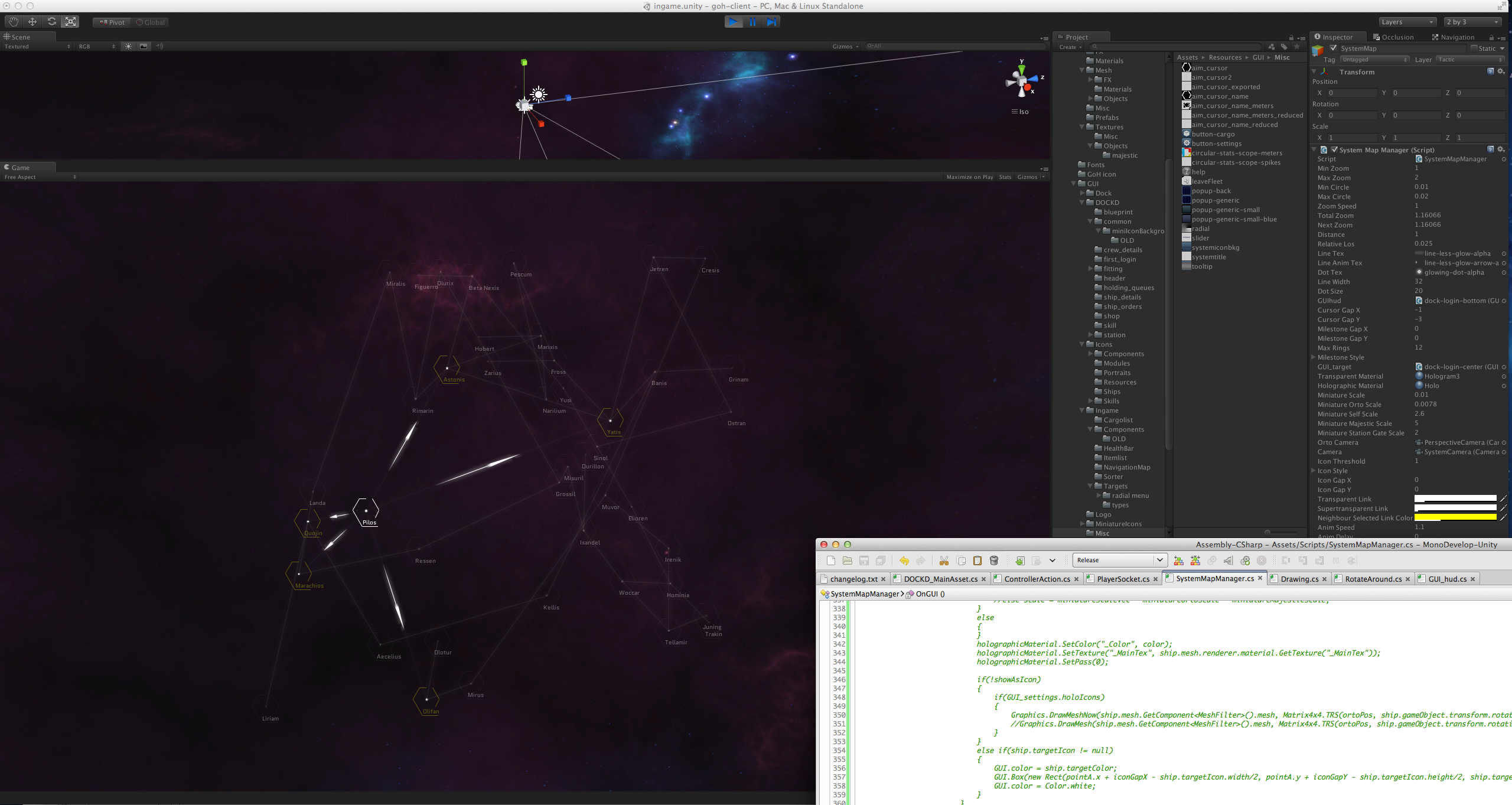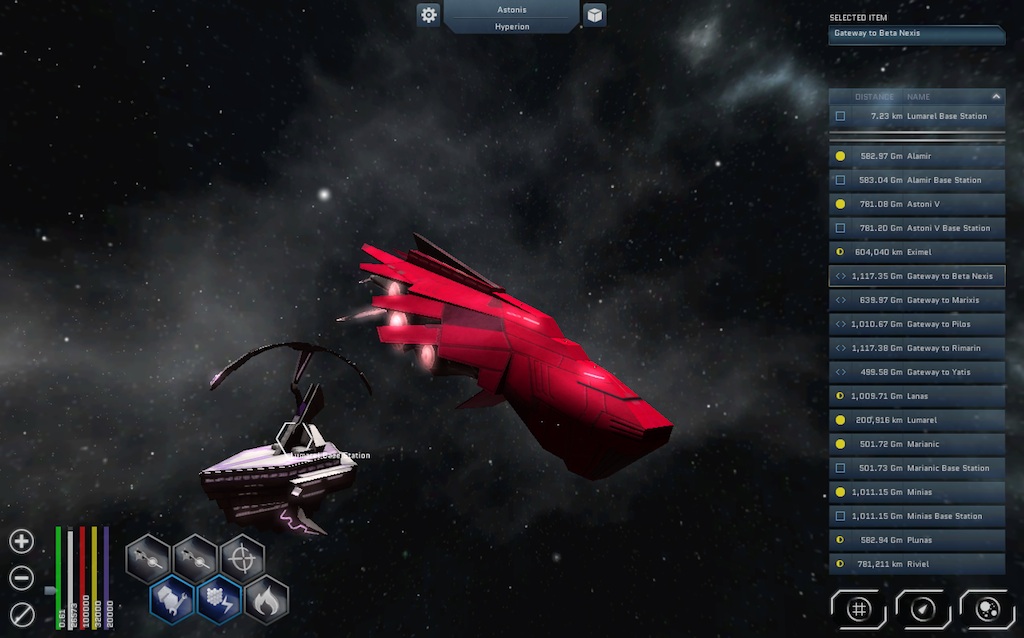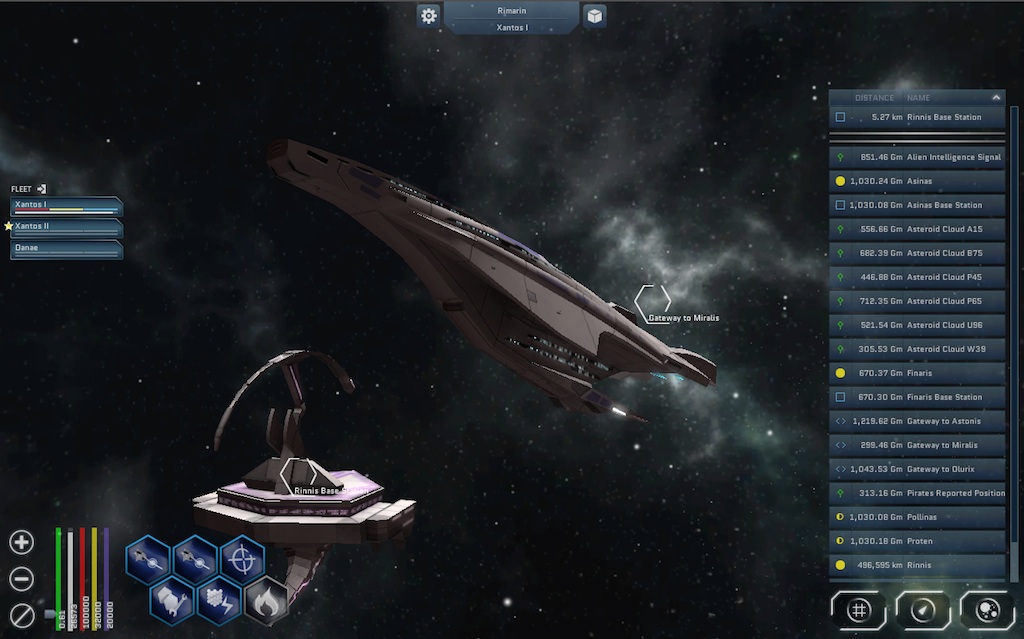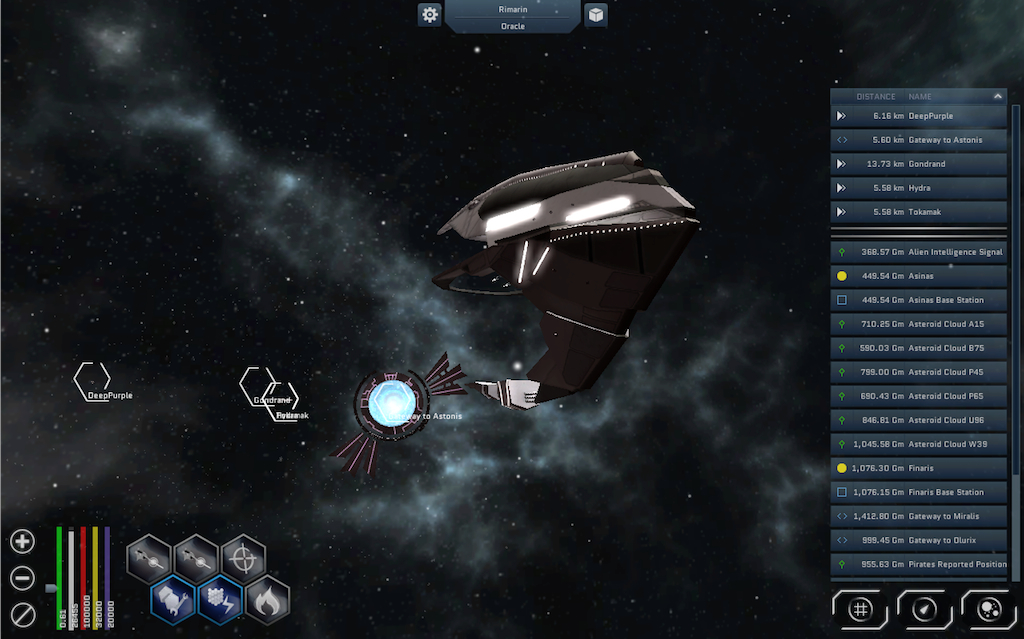I am working on a Kickstarter project (whose details don’t matter now, see the end of the post) for which I will ask for a considerable amount of funding: 60.000$. As happens for large numbers, it is very hard to visualize them, and grasp their full meaning and consequence.
But yesterday I did a simple calculation in my head: 60.000$ in thirty days means 2.000$ per day, which for around 10$ per pledge means 200 pledges per day. 200 pledges per day? It is hard for me to imagine getting 200 people to support me in the total Kickstarter campaign time span, how on earth am I going to get 200 pledges per day?
A visual representation of how many 200 pledges are:
That is a lot. Well, I hope that going a bit deeper in the analysis will somehow calm me down: ignoring looming reality is not usually a wise idea. Actually that is why I am writing this post ![]() . So let’s consider the matter further.
. So let’s consider the matter further.
Fermi estimate
Making a Fermi estimate or Fermi problem typically involves making justified guesses about quantities that seem impossible to compute given limited available information.
I’ll try an estimation for my crowd funding campaign:
– Aiming to 60.000$ in 30 days, with an average pledge of 20$ (generous people) means 100 pledges per day, including sunny days, football finals and royal weddings, when its harder to get attention.
– I suppose that 1 out of 10 people singularly contacted do pledge my project.
– Suppose that 1 out of 30 people singularly contacted also do promote your project, say by tweeting about how great it is. They get 3 pledges done on average.
So let’s see according to my wild speculation what is the daily work required: to get 100 pledges you have to prepare and send carefully written messages (mainly through e-mail, but also through social networks)… you need 500 brand new messages per day ![]()
This is visualized:

This looks impossible. Well, how is it that so many campaigns succeed? (I’m thinking Kickstarter, with a success rate of 44% – Indiegogo is behind.)
One factor to be considered is the power of the crowd funding network and the network of pledgers: assuming that 1/10th “network effect” from previous pledges, you “just” need 20 new users pledging a day to just make it:


If you include in this network effect upgrading pledges (which is quite common), this may look less wildly optimistic. maybe. Another mitigating factor is that campaigns can have few very high value pledges which can boost the entire campaign (like mine does). So say that brings it down to 18 new pledgers per day – which for my earlier assumption means 90 effective messages. That looks very hard work, but not impossible for a motivated, determined team. So this is my Fermi number, and it looks like this:
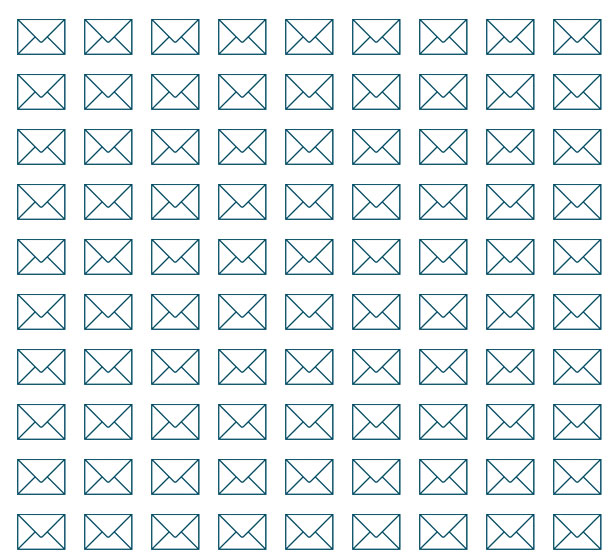
Here I am considering just “reaching the basic goal” – but beware that turning that in an effective production requires way more than this, because all kinds of costs (payment fees, taxes, accounting, fixed costs, campaign costs..) should be considered. Also you should also take into account the likely higher cost of production for more expensive pledges. Computing your campaign income depends on your pledges distribution and to which stretch goal you get to; maybe I’ll get in depth about this in another post.
Still I fear that the crowd funding success function behavior is even more complex then I can imagine because of underlying quadratic behaviors that are not easily understood by those trying.
Is the number of contacts needed to get n pledges the square of n? This would make higher bidding projects way less likely with respect to those that require less pledges per day, and would make my case impossible.
Consider Metcalfe’s “law”: the value of a network is the square of the number of relations that hold in it. So maybe it makes sense to consider successful pledges as a cumulatively building relationship network, which can influence and get new pledges in a triumphant quadratic progression, as done in the graphs above ![]() ?
?
Ok, so there is no way to predict anything exact here. The only way I see to get more realistic estimates is through experience, which I currently lack entirely.
But it looks that no optimistic evaluation will spare we crowd funding proponents from contacting a whole lot of new people every day of the campaign, and we’d better have something quite uniquely interesting to tell and/or show. It is probably wiser to make some sort of planning on how to do this before the campaign starts.
I’d be glad to revise and extend the content of this post on your feedback: thanks!
My project: Genio
 The crowd funding project I am working on is about Leonardo da Vinci, the Renaissance and the conceptual innovations it introduced, dealt with within a videogame. Pledges should cover developing the game, called Genio, and also eventually creating Leonardo machines real prototypes (this is a stretch goal), as I am working with a Renaissance technology researcher that already provides working Leonardo machine models to museums.
The crowd funding project I am working on is about Leonardo da Vinci, the Renaissance and the conceptual innovations it introduced, dealt with within a videogame. Pledges should cover developing the game, called Genio, and also eventually creating Leonardo machines real prototypes (this is a stretch goal), as I am working with a Renaissance technology researcher that already provides working Leonardo machine models to museums.
Creating fun, beautiful games with depth requires a considerable effort and hence, money. Consider that just to create the game prototype and presentation video, ignoring the huge amount of time spent by myself (yes, I am totally aware that this is an economical mistake), the pure cash costs amount to about 10.000$.
So I have to ask for at least 60.000$: wish me luck!
As for building up a marketing plan and a set of contacts before the campaign starts, I am indeed working on that, by expanding a contact list of journalists / bloggers, maintaining a Facebook page on the theme, contributing to Indie games, talking at events and networking.
Updates about the project can be found in my Twitter stream.









